Glamping in Norway offers a unique opportunity to immerse yourself in the country’s stunning natural beauty and diverse wildlife. From majestic moose and reindeer to elusive arctic foxes and playful otters, Norway’s wilderness is home to a wide variety of fascinating creatures.
Spotting these animals in their natural habitat can be a thrilling and rewarding experience, adding an extra layer of excitement to your glamping adventure. In this article we’ll share some tips and tricks for spotting wildlife while glamping in Norway, so you can make the most of your nature encounters.
Choose the Right Location
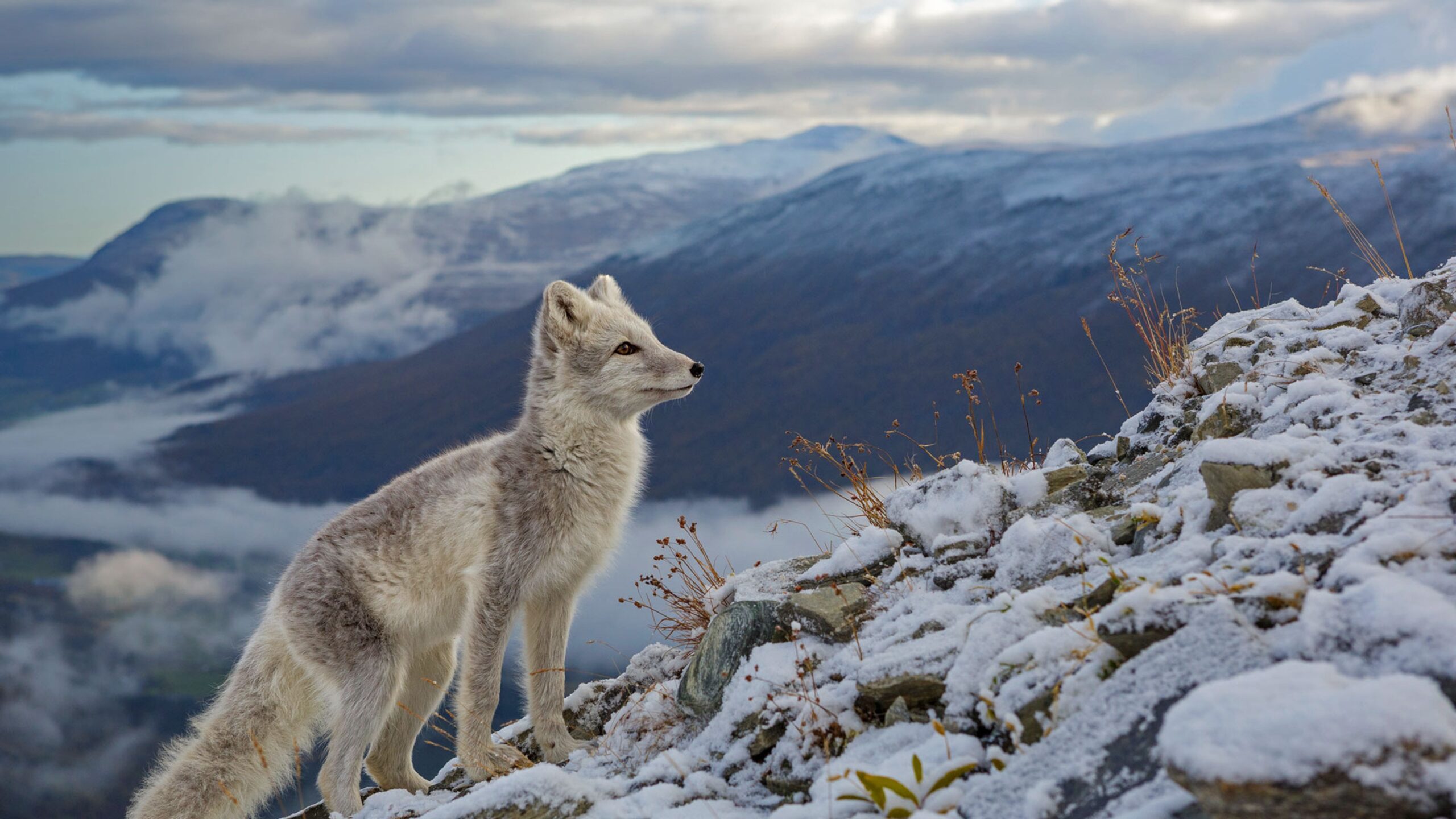
One of the keys to successful wildlife spotting is choosing the right location. Norway’s diverse landscapes, from rugged coastlines to lush forests and mountain plateaus, provide habitats for a variety of different species.
Some of the best locations for wildlife spotting while glamping in Norway include:
- Dovrefjell National Park: Known for its large population of wild reindeer, with musk oxen, arctic foxes and a variety of bird species also to be found.
- Jotunheimen National Park: Home to a variety of alpine wildlife, including reindeer, wolverines and golden eagles.
- Lofoten Islands: Offers opportunities to spot sea eagles, otters, seals and whales along the rugged coastline.
- Børgefjell National Park: Known for its population of arctic foxes, wolverines, lynx and a variety of bird species.
- Femundsmarka National Park: Home to a variety of wildlife, including moose, reindeer, bears and wolves.
Know When and Where to Look
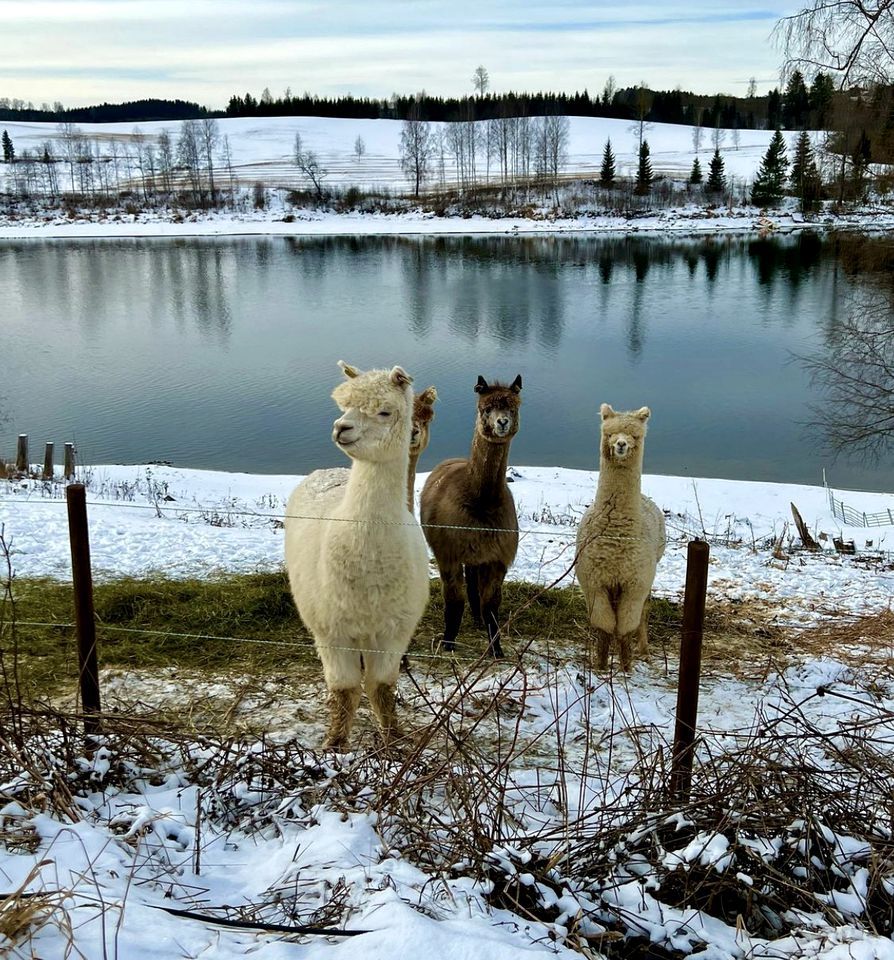
Different species of wildlife are active at different times of day and in different habitats. To increase your chances of spotting wildlife while glamping, it’s important to know when and where to look.
- Dawn and Dusk: Many animals, such as moose, reindeer and foxes, are most active at dawn and dusk, when the light is low and temperatures are cooler.
- Water Sources: Rivers, lakes and coastal areas are popular gathering spots for wildlife, providing opportunities to spot otters, beavers, seals and waterfowl.
- Forest Edges: The borders between forests and open areas are prime spots for spotting deer, elk and other forest-dwelling species.
- Alpine Meadows: High-altitude meadows and plateaus are home to reindeer, musk oxen and a variety of bird species.
Use the Right Equipment
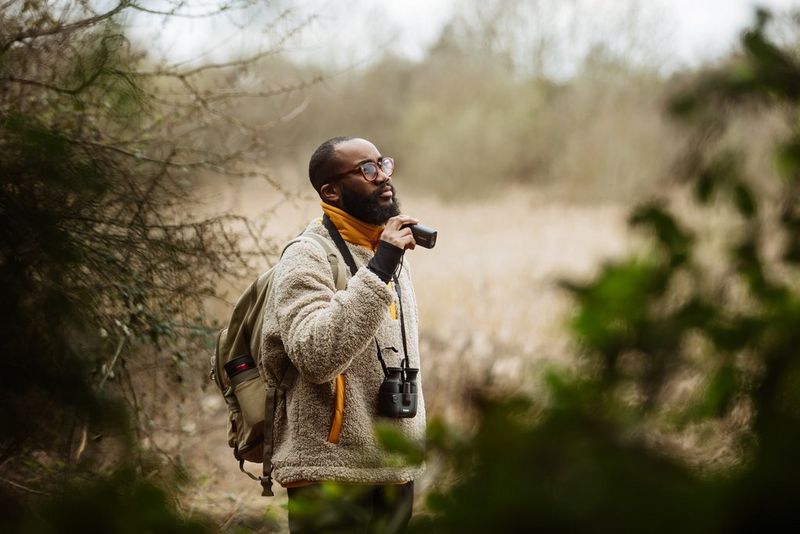
While it’s possible to spot wildlife with the naked eye, using the right equipment can greatly enhance your viewing experience and increase your chances of success. Some essential items for wildlife spotting while glamping include:
- Binoculars: A good pair of binoculars is a must-have for wildlife spotting, as they enable you to observe animals from a distance without disturbing them.
- Spotting Scope: For more distant or hard-to-see animals, a spotting scope can provide even greater magnification and detail.
- Camera: Bring a camera with a zoom lens to capture photos and videos of your wildlife encounters.
- Field Guide: A field guide to Norwegian wildlife can help you identify different species and learn more about their behaviours and habitats.
Practice Patience and Stealth
Spotting wildlife requires patience, stealth and a bit of luck, as animals are often wary of human presence and can be easily spooked by loud noises or sudden movements.
To increase your chances of spotting wildlife while glamping, follow these tips:
- Be Patient: Wildlife spotting often involves long periods of waiting and watching. Find a comfortable spot, settle in and be prepared to wait for animals to appear.
- Stay Quiet: Avoid talking loudly, playing music or making sudden noises which could startle animals.
- Move Slowly: Move slowly and deliberately when walking or hiking to avoid disturbing wildlife. Stop frequently to scan your surroundings and listen for signs of animal activity.
- Blend In: Wear neutral colours which blend in with your surroundings and avoid wearing strong fragrances which could alert animals to your presence.
By practising patience and stealth you can observe wildlife in their natural habitats without disturbing them or altering their behaviours.
Respect Wildlife and Their Habitats
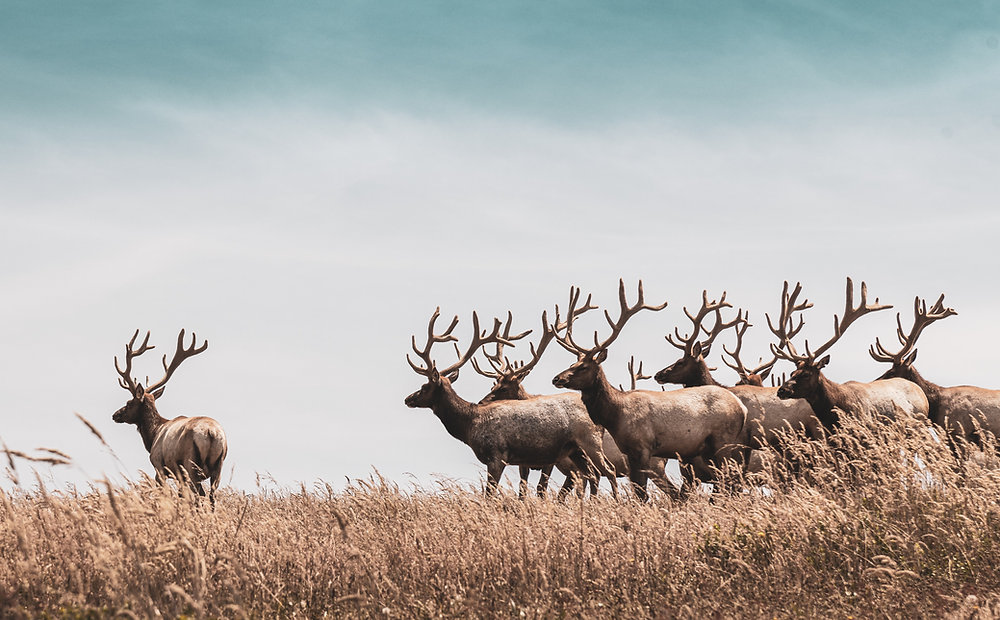
When spotting wildlife while glamping it’s important to remember that you are a guest in their home. To ensure a safe and enjoyable experience for both yourself and the animals, follow these guidelines:
- Keep Your Distance: Never approach or attempt to feed wild animals. Observe them from a safe distance, using binoculars or a spotting scope if necessary.
- Stick to the Designated Trails: Stay on the designated hiking trails and camping areas to avoid trampling delicate habitats or disturbing nesting sites.
- Don’t Leave Food or Trash: Properly store food and dispose of trash to avoid attracting animals to your campsite.
- Follow Leave No Trace Principles: Practice Leave No Trace principles by packing out all trash, respecting wildlife and minimising your impact on the environment.
Learn from Local Experts
One of the best ways to increase your chances of spotting wildlife while glamping in Norway is to learn from local experts. Many glamping sites offer guided wildlife tours or nature walks led by experienced guides who are knowledgeable about the area’s flora and fauna.
Guided tours can provide valuable insights into animal behaviours, habitats and identification, and also access to prime viewing spots which may be difficult for you to find on your own. Tour guides can also provide tips and techniques for spotting wildlife and ensure that you have a safe and enjoyable experience.
If guided tours are not available, consider reaching out to local wildlife organisations, visitor centres or park rangers for advice and information on the best spots for wildlife viewing in your area.
Keep a Wildlife Journal
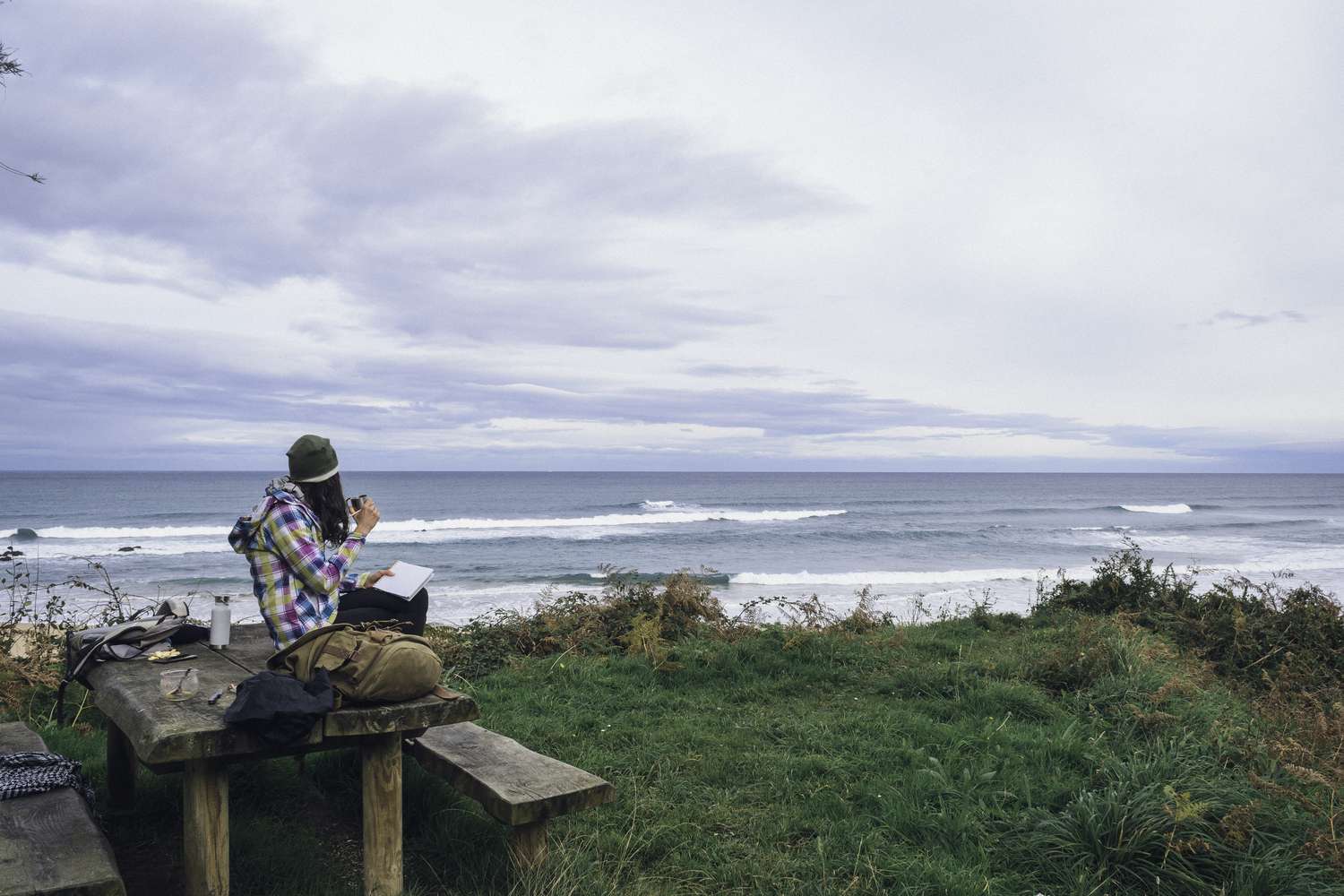
Keeping a wildlife journal is a fun and rewarding way to document your nature encounters while glamping in Norway. A journal can include notes on the species you’ve spotted, their behaviours and habitats, as well as sketches, photos or pressed leaves or flowers.
Keeping a journal not only helps you remember and reflect on your wildlife experiences but also provides a valuable record of your observations which can be shared with others or used for future reference.
Conclusion
Spotting wildlife while glamping in Norway is a thrilling and rewarding experience which allows you to connect with nature and observe fascinating creatures in their natural habitats. By choosing the right location, knowing when and where to look, using the right equipment, practising patience and stealth, respecting wildlife and their habitats, learning from local experts and keeping a wildlife journal, you can maximise your chances of success and create unforgettable memories of your glamping adventure.
Grab your binoculars, pack your field guide, book your glamping accommodation and head to the Norwegian wilderness for a wildlife spotting experience like no other. Only glamping will make you one with the environment in the same way the wildlife are, so don’t miss the opportunity.
